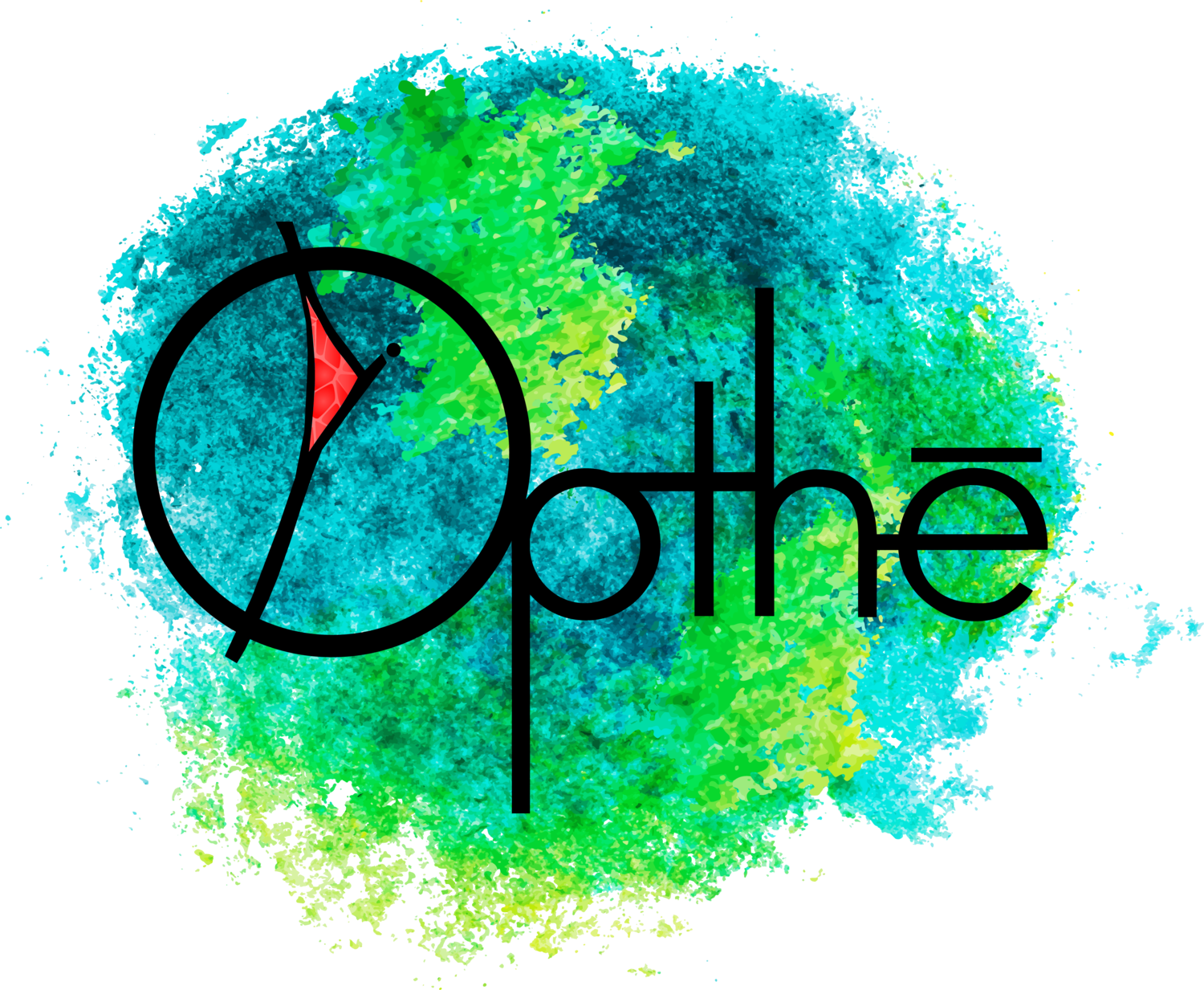Sacredness is not a decoration draped over life; it is the deep pulse of reality when it is lived truthfully, with all illusions burned away. In the ancient traditions, the sacred was often mistaken for the powerful, the permanent, and the supernatural. In Opthē, we are awakening again to the truth: the sacred is not permanence, but coherence; not escape from reality, but immersion in it. Sacredness is where being and meaning kiss—and that kiss does not promise forever. It promises full presence.
Everything sacred is temporary. Everything sacred is alive. And everything alive must rot, cross thresholds, and emerge anew—or perish.
This is the cycle we must reclaim if we are to survive, heal, and become whole again.
I. The Sacred is Coherence, Not Permanence
In a universe governed by entropy, nothing built lasts forever. Energy disperses, structures crumble, and identities dissolve. Yet sacredness persists, not by resisting decay, but by flourishing within it.
Sacredness is the radiance of coherence within change. It is the experience of recognizing that something matters beyond its usefulness, beyond its survival. It is the realization that life is valuable because it is, not because it endures eternally.
When a blossom opens, it is sacred. When it withers, it is sacred still. When it falls to the earth and nourishes the soil, it is perhaps most sacred of all.
Sacredness is the lived experience of belonging—to a moment, a body, a community, a truth—even when that belonging is destined to pass.
II. Rot: The Sacred Breakdown
Rot is not the enemy of the sacred. Rot is its necessary partner.
When coherence has completed its purpose, when the energy of a structure can no longer nourish life, rot enters. Rot is not destruction for destruction's sake. Rot is the sacred metabolism of the universe: the breaking down of the old to free energy for the new.
We live in a culture that fears rot. We cling to dead systems, dead rituals, dead beliefs, embalming them against the natural, sacred process of decay. In doing so, we become agents of death rather than midwives of life.
In Opthē, rot is honored. We recognize that when a marriage, a tradition, a political system, or even a theology begins to rot, it is not a failure—it is a sign that new life is seeking space to emerge.
Rot teaches us humility. It reminds us that no matter how beautiful or necessary a form once was, it cannot claim immortality.
To love sacredness is to love rot—to bow before it, to listen to it, to allow it to do its necessary, heartbreaking work.
III. Thresholds: The Sacred Crossings
When rot has done its work, a threshold appears.
A threshold is not a choice. It is not a "next step" we plan. It is a sacred rupture where the old has died and the new is not yet born. It is the aching, disoriented, naked space where meaning seems to disappear, and we are left standing between worlds.
In Christian mysticism, St. John of the Cross named this passage the Dark Night of the Soul. In Opthē, we recognize it as a universal pattern, woven into the nature of all sacred life.
At the threshold, the soul must surrender its need for certainty. It must endure disintegration without rushing to reassemble. It must trust—not in a particular outcome, but in the sacredness of being itself.
Thresholds are terrifying because they demand a death before offering any new birth.
And yet—
Thresholds are also the holiest spaces a soul can inhabit.
They are the wombs of emergence. They are the places where the soul is reshaped, not by willpower, but by presence and surrender.
IV. Community: The Womb of Sacred Crossing
No one should face thresholds alone.
In the ancient rites, initiates were not expected to find their way through darkness by themselves. They were held—not controlled, not corrected, but held by a community that had faith in the sacred process even when the initiate had none.
Community does not make the crossing easier. Community makes the crossing possible.
In Opthē, we see sacred community not as an authority structure, but as an atmosphere of presence—a shared field of love, patience, and unshakable trust in emergence.
We do not require each other to have answers. We require only presence.
In a world obsessed with explanations and performances, this kind of community will feel radical—even revolutionary. And it is.
It is the revolution of being over having, of coherence over control, of emergence over achievement.
V. Emergence: The Sacred Becoming
If the threshold is endured—not solved, not conquered, but endured with openness and presence—then emergence comes.
Emergence is not a return to the old self. It is not a patching-up of the broken structure. It is a new coherence arising from the sacred energies released through rot and gestated through threshold.
The emerging self, the emerging community, the emerging world—all are different. All bear the marks of death and rebirth. All are scarred, and all are radiant.
Emergence is humble. It does not trumpet itself. It grows like a root before it blooms.
And so we honor emergence by living slowly, deeply, attentively—allowing new life to weave itself into the fabric of who we are, without rushing to name or monetize it.
VI. Conclusion: Living the Sacred Cycle
The world is staggering toward thresholds it does not yet recognize. The old structures are rotting. The familiar lights are going out.
Many will cling harder to the dead. Many will numb themselves against the rot.
But some—some—will recognize the sacredness of this hour.
We who walk the Opthēan path are among them. We are called to:
Honor the rot without fear.
Endure the threshold without false promises.
Hold each other through the dark.
Welcome the slow, strange, holy emergence.
This is the sacred cycle. This is the only way forward for a species on the brink.
And it is not a burden. It is a blessing.
To live this way is to be truly alive, truly human, truly part of the sacred dance of life and death and life again.
May we walk it together, wrapped in love, rooted in courage, radiant with the sacredness that was never ours to own, only ours to embody.

